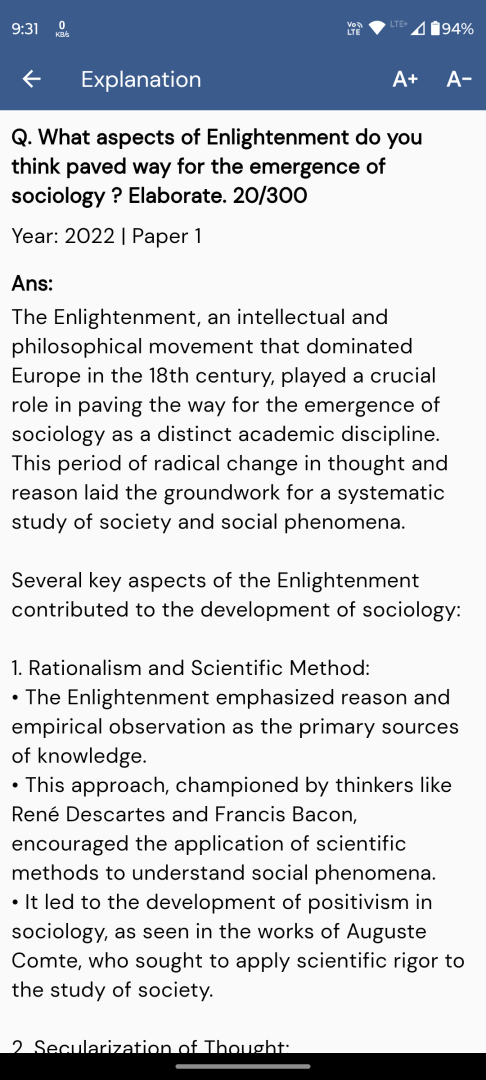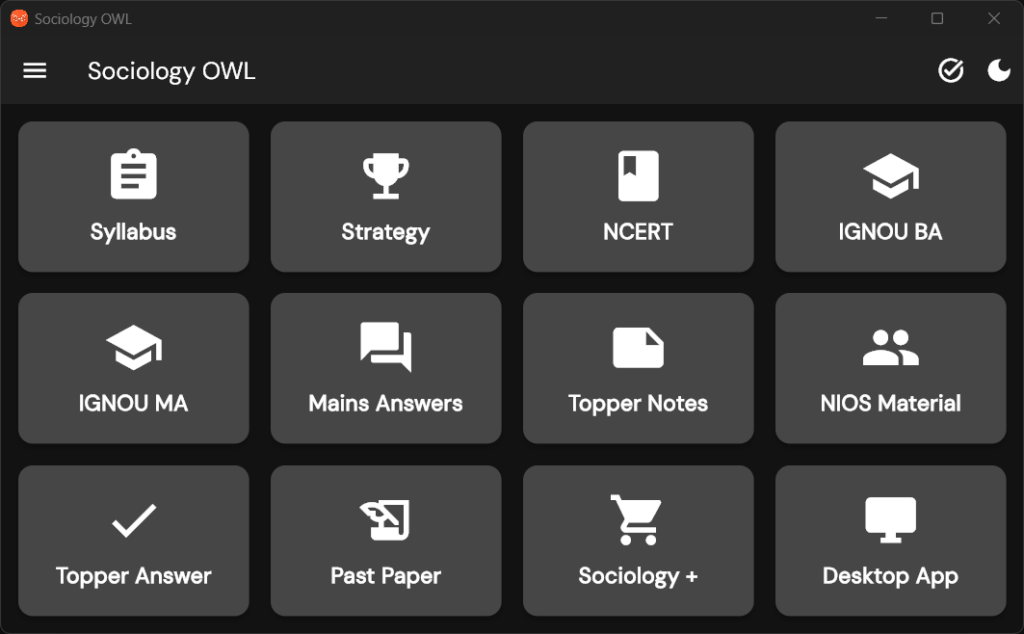Q. Do you think that in a society like India orthogenetic changes take place through differentiation? Do you observe continuities in the orthogenetic process? Elaborate your answer with suitable examples.
UPSC Sociology 2025 Paper 2
Model Answer:
Orthogenetic Changes Through Differentiation in Indian Society
Orthogenetic change, referring to society’s evolution from simple homogeneous to complex heterogeneous forms through internal cultural dynamics, characterizes India’s transformation. As conceptualized by Redfield and Singer, this process manifests through structural-functional differentiation while maintaining civilizational continuities.
Differentiation as Primary Mode of Change
Indian society exemplifies Herbert Spencer’s evolutionary theory through progressive differentiation across multiple spheres:
Economic Differentiation:
– Traditional undifferentiated Jajmani system evolved into specialized market economy
– Agrarian economy diversified into manufacturing, IT, and service sectors
– Emergence of specialized occupational roles replacing hereditary caste occupations
Political Differentiation:
– Transition from fused authority in kingdoms/traditional panchayats to modern democratic state
– Clear separation of powers: legislature, executive, judiciary
– Development of specialized bureaucratic institutions
Social-Institutional Differentiation:
– Joint family’s multifunctional role (production, consumption, socialization) distributed to specialized institutions (schools, hospitals, corporations)
– Rise of nuclear families with specific functions
– Religious practices differentiating into personalized spirituality
Continuities in Orthogenetic Process
Despite profound changes, Yogendra Singh’s concept of “modernization of tradition” captures India’s unique trajectory:
Adaptive Continuity of Caste:
– Ritual functions weakened but caste transformed into political mobilization tool
– Caste associations function as modern interest groups
– Urban caste networks facilitate economic opportunities
Religious-Cultural Persistence:
– Modern institutions coexist with traditional beliefs
– Corporate pujas, new vehicle blessings exemplify tradition-modernity synthesis
– Life-cycle rituals (samskaras) persist across modernizing communities
Syncretic Evolution:
– Western democratic principles operate within traditional loyalty frameworks
– Digital platforms hosting virtual religious ceremonies during COVID-19
– English-medium education alongside Sanskrit learning
Conclusion: India’s orthogenetic evolution through differentiation represents neither complete break nor static continuity. The process is fundamentally syncretic—traditional structures like caste and kinship demonstrate remarkable resilience by adapting rather than disappearing. This creates a unique social fabric where modernity and tradition are intricately interwoven, producing what Dipankar Gupta calls “mistaken modernity”—modern forms with traditional content.





